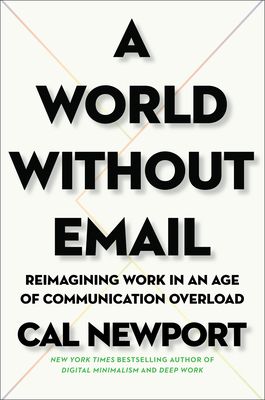What’s Next?

Those of you who have watched the television series West Wing will be familiar with the saying “what’s next.” If you’re not familiar, then watch this seventeen second snippet from the TV series on YouTube (URL). It is the most common thing President Bartlet says at the end of each of his many daily meetings.

It is common knowledge that the President of the United States (perhaps prior to #45) had a rigorous schedule of meetings from early in the morning until late in the evening; every single day. The timing of each meeting is on average 15 minutes. During each meeting the President has to do the following:
- A briefing from a subject matter expert on an issue
- Rapidly grasp the problem, status, impact, cost and risk
- Listen and/or determine options
- Deal with multiple opinions, perspectives and personalities. Sometimes with major stress and risk
- Make a decision in a short time with potentially significant ramifications. Think about some of the current geopolitical issues going on right now. Brexit, Global Trade, Covid-19 and protests to name just a few. Also consider media, press and party opinions
A schedule like the one above is gruelling. For example, look at President Obama. He entered his presidency in 2009 with dark black hair and ended it in early 2016 with grey hair (at the young age of 54). See this StrangeHistory article for more on power and ageing.

What’s my point?
Many people ask me how I am doing during the Covid-19 lockdown. For example, how has my average day changed or whether I’m still busy. My response always includes the word relentless. On average, I’m in front of the computer screen from 8am through until 7pm. I’m communicating with colleagues and customers constantly using video conferencing technologies. Meetings on average are 30 minutes but can vary to 60, 90, 120 minutes. I appreciate seeing peoples’ faces, therefore I have my camera on most of the time. As an example, last week I have 40 meetings scheduled. That’s on average 8 meetings per day!
One of my colleagues brought up an interesting point on my term relentless. We travel quite a lot in our roles. For example our travel schedules allow typically for 1 – 3 hours of travel to and from the customer; if driving or using a train. With my schedule, I typically would travel 2 – 3 times a month and this could include visiting more than one customer. Travel using airlines would increase the amount of travel time versus a car or a train. Conversely travel is less if going to the office in London.
Her point is that we have time built in to mentally prepare for each meeting. Furthermore we have time built in to reflect, debrief and decompress after the meeting. Compare that with today’s environment – it just doesn’t happen. Instead, in one working day I could meet with 3 – 4 customers without any break between each meeting. It means that all of that time to prepare and/or complete actions are dramatically reduced.
There must be a better way?
As my career has progressed I’ve established the habit of blocking out my calendar in advance and measuring where my time goes (see this post for why time is so important). This allows for individual working time without distractions. This could be to drive a new strategy, initiative or to brainstorm on problems. This approach to calendar management has never been more important today.
If you’re getting inundated with meetings then look to establish better calendar management. It may be possible for this week or next given what’s already scheduled. However, plan in advance so that you can block out time for the big initiatives you need to work on. Given my typical long day, I have recurring blocks setup for lunch which gives me a break from the computer screen. Sometimes I workout at home, cook lunch in the kitchen or go for a walk in the sun.
For customer meetings specifically, use the sandwich technique. Build in time before and after to allow for adequate time in preparing and to complete actions. If you’re looking for a place to start I would suggest listening to one of the many Manager-Tools podcasts on management and careers. They have many podcasts specifically on the topic of Time and Priority Management.
What’s next? Invest some time to give you back some time. Hopefully this reduces the onslaught of grey hair!




